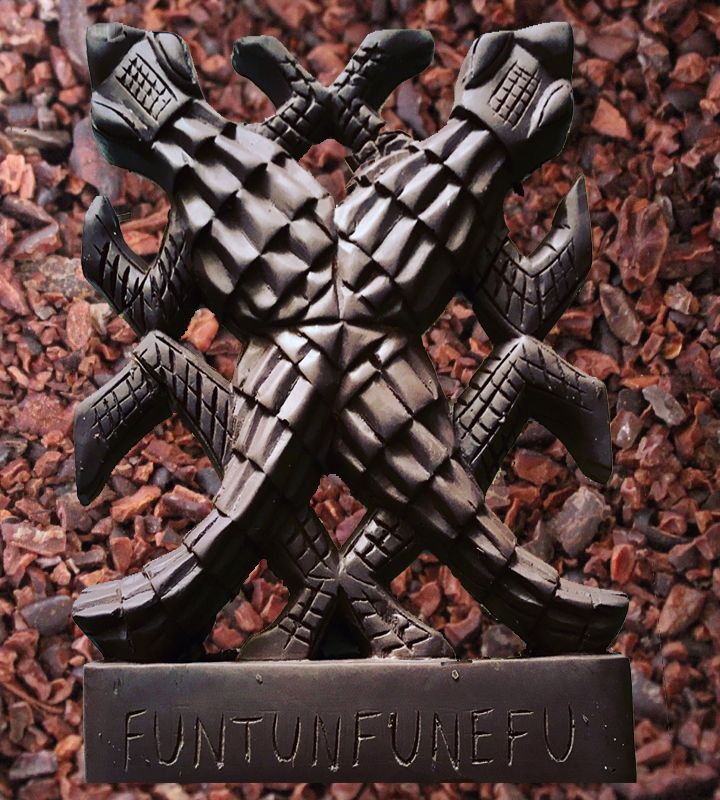
In the world of business, branding plays a significant role in defining a company's identity and values.
When I worked for Divine Chocolate, we undertook a major rebranding initiative which brought a unique touch to the packaging and bar moulds.
We decided to incorporate a collection of Adinkra symbols, inviting each team member to select a symbol that resonated with them personally.
This small yet powerful act held a deeper meaning, reflecting the essence of unity and democracy among team members.
Among the array of Adinkra symbols, one that stood out for me as an employee which was FUNTUNFUNEFU, also known as "the Siamese crocodiles."
This symbol holds a profound message - Siamese crocodiles share one stomach, yet if they fight over food, it leads them to become weaker.
The message conveyed here is clear: in a team environment, fighting and tribalism between departments are counterproductive.
It serves as a reminder that there is only one team, and true success lies in unity.
Here’s some of the background stuff I found in my research.
The word "Adinkra" itself traces back to the Twi language of the Akan people of Ghana. "Dinkra," meaning to be separated or farewell, carries a historical and cultural significance that is still cherished in Ghana.
Adinkra symbols, along with cocoa pods, continue to be an essential part of Ghana's culture, even finding their place on the country's currency.
The origin stories of Adinkra symbols are diverse, and one account connects them to the Golden Stool, a symbol of the Ashanti kings' power.
Woven cloth adorned with various Adinkra symbols was placed atop the Golden Stool, representing the rich culture and wisdom of the Akan people.
Another tale revolves around a conflict between the Gyamaan king, Nana kofi Adinkra, and the Asante kingdom. The Asante king, Nana Osei Bonsu, seized the Adinkra robe of the Gyamaan king as a war trophy, leading to the development of Adinkra symbology by integrating it with their own culture, folk stories, and proverbs.
These intricate and meaningful symbols are often painted or stamped onto fabrics, pottery, wood carvings, jewelry, and even chocolates. The richness of their meanings makes them a powerful tool for conveying emotions and wisdom.
Among the many Adinkra symbols, Gye Nyame holds special significance in Ghana. Meaning "except for God," it is a symbol of faith and the understanding that everything is in the hands of a higher power.
Sankofa, another well-known symbol, encourages us to look back to the past to understand the present. Depicting a bird with its head turned backward, carrying an egg on its back, or a heart with ornate endings, Sankofa urges us to learn from history and apply those lessons to our current journey.
These meaningful symbols not only enriched the packaging and bar moulds of Divine Chocolate but also serve as a reminder of the company's commitment to unity, diversity, and cultural understanding.
By encouraging employees to choose symbols that resonate with their identities, Divine Chocolate creates a more inclusive and connected work environment.
Incorporating Adinkra symbols into their branding also reflects Divine Chocolate's appreciation for the cultural heritage and history of Ghana. It showcases the beautiful integration of tradition and modernity, creating a unique and authentic experience for customers and employees alike.
As we continue to appreciate the importance of unity and the value of cultural heritage, we can draw inspiration from Divine Chocolate's initiative.
By embracing our differences and recognizing the significance of our shared values, we can build stronger teams and a more harmonious world. Just like the Siamese crocodiles, we can share a common purpose and thrive together in unity
